Jacques Chapiro, son of a wood sculptor, began his artistic education in 18972. He entered the Kharkov School of Fine Arts in 1915 then that of Kiev in 1918. In 1921, he studied at the School of Fine Arts. fine arts of Petrograd. He was employed as an assistant decorator by Meyerhold, director of the constructivist theater. He then worked in the theater industry for Stanislavski and Vakhtangov. In 1925, Chapiro left Russia for Paris and settled in the city of La Ruche for the following five years, where he met Chaïm Soutine. In the 1930s he painted several portraits, which for expressiveness and iconography (chair, twist of the face, use of very bright colors) anticipate the paintings of Francis Bacon. Some [Which?] art historians have also repeatedly emphasized the close link between the painting of Vincent Van Gogh, Soutine and Chapiro. In 1939, Jacques Chapiro took refuge in Carpentras, then in Serres in the Hautes-Alpes. Once the war was over, he visited Italy before returning permanently to Paris where he began writing his anecdotal account of the daily life of the artists of the Ruche. Opposed to the project to demolish the Ruche in 1967, he founded a preservation committee alongside Marc Chagall and obtained the preservation of this important Parisian place. Public collections[edit | edit code] Chapiro's works are kept in various museums in the United States (Chicago), Russia (Moscow), France (Paris, Jeu de Paume), the United Kingdom (Leeds Museum), and Switzerland (Paysage anime, Geneva , Small palace). Museums: Chicago; Moscow; Paris, Leeds
At the end of the attached photos, there are a few pages translated from Yiddish on the Internet from Bill Aronson's book (1963) "Types and figures of Montparnasse".




























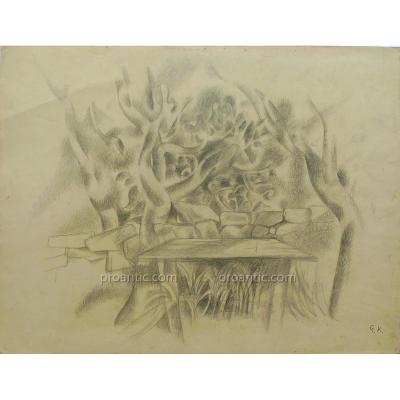
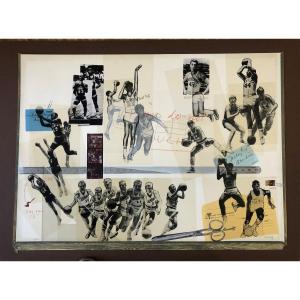





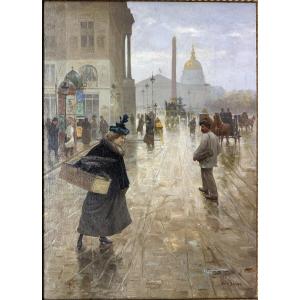



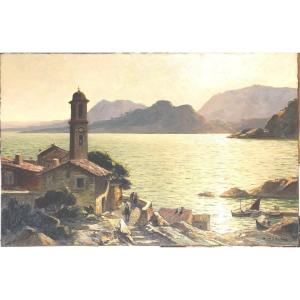
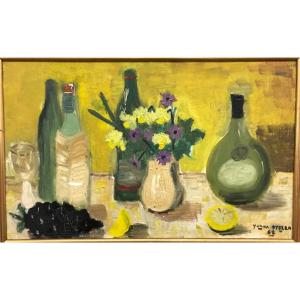
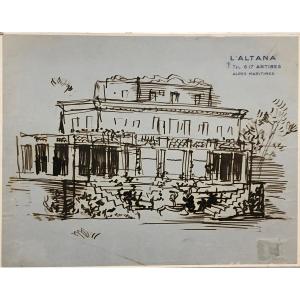



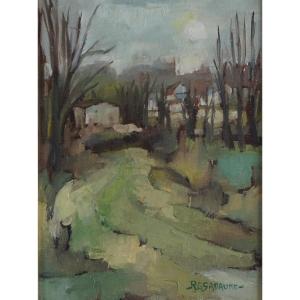




 Le Magazine de PROANTIC
Le Magazine de PROANTIC TRÉSORS Magazine
TRÉSORS Magazine Rivista Artiquariato
Rivista Artiquariato